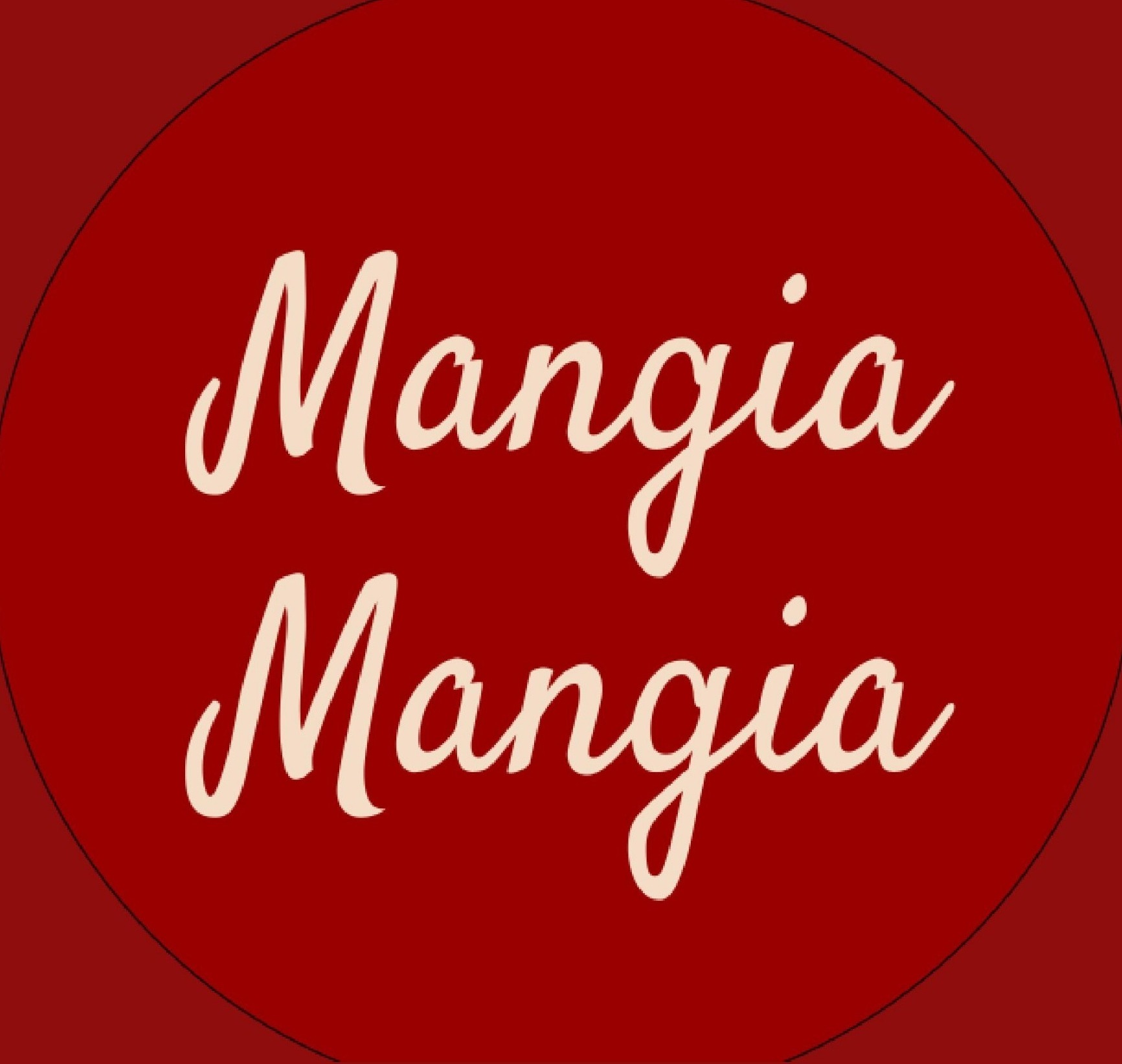Salame, Soppressa, Sopressa or Soppressata?
- Mangia Mangia

- Sep 1, 2023
- 4 min read
Updated: Sep 3, 2023
In the debate about which is which? The differences are rather subtle...

Before we begin, just a little thing - it's salame - single, salami - plural.
You'd be forgiven for asking for a 'panino con salami' in Italy - they'd just think you wanted a selection of meats in your one bread roll... but that's not an option, so you'd only get one.
Salame
We all know and love.
In Italian salare means 'to salt' and the ancient tradition of adding salt to preserve pork meat and storing it as sausages in Latin was known as salumen. Every region, and sometimes family, in Italy has a version which varies according to the cut of meat used, the grind and the stagionatura - the aging.
Salami are typically longer but don't always have to be, and always cylindrical, whereas the Soppressa may be flattened and of an oval, irregular shape like the famously spicy Soppressata di Calabria. The salame grind is finer, using a mechanical device, and the aging process takes up to 5 months, producing a stronger flavour and denser texture as the months go by.

Some of the most widely-known salami are from Milan - salame milanese, Tuscany - finocchiona with fennel seeds or Napoli - salamino piccante; you can find 'con aglio o senza' - with garlic or without, which they'll always ask when you buy your affettati at the Banco della Gastronomia.
But in truth, the culture of salami-making in ingrained throughout the whole of the country, varying from province to province. Most Italians will purchase their insaccati (cured meats) from their local butcher or their weekly market and in rural areas, they'll even rear the pigs to make their family cured meats themselves. It's not entirely legal, as strict standards should be followed according to food production law, but if you own an agriturismo or have a large family and means to keep animals, as some do, we know many who say they prefer to know what goes inside their food, including their salame. The whole process becomes a ritualistic celebration once a year.

Soppressa
One difference between salame and soppressa stands out from the rest. The shape of soppressa can be flatter, not not necessarily, the cuts of meat tend to be leaner but not necessarily and the ageing tends to be shorter, but likewise, not necessarily... one thing that does change is the grind of the meat, in soppressa's case - the cut. All soppressa is cut by hand with the tip of the knife. Sound painstakingly specific?
Well, it's a thing in Italy - tagliare "a punta di coltello" cutting with the tip of the knife, and it's mandatory in this case, making the grain naturally coarser thus the soppressa tends to be bigger, in some cases reaching up to 3 kg.

For the Queen's Jubilee, we traded at a local market here in Lichfield slicing up a 3kg soppressa to make proper Italian panini. Of course, Francesco did the slicing...
Soppressa tends to be eaten young so it's hard to cut into thin slices, we always say Italy has the simplest, most sublime foods because every ingredient is delicious in itself, even a thick chunk of cured meat. Beautiful bread plus beautiful soppressa makes a beautiful panino! Just ask the fine folk of Lichfield.

Sopressa
Living in Veneto, I always assumed they were the same but there's one sopressa and only one and it belongs to Vicenza.
In Veneto, Italy's north-eastern region where Venice is capital and Vicenza is an important city, there's a tendency to drop the double letters, thus soppressa becomes sopressa and the pronunciation difference is so subtle that honestly, we all walk around calling everything sopressa and everyone's happy. But visit Vicenza and the difference is real because here, sopressa is one specific kind of soppressa with a DOP label to boot. A strict recipe and local identity makes it rather special so don't go calling any old soppressa, sopressa around here because one letter 'p' makes all the difference to a Vicentino. But is it really so different after all?
Well, the DOP, regionally protected (PDO in English), Sopressa Vicentina is very delicious, if you like soft, buttery cured meats like you find here in Veneto. Its recipe contains pork shoulder, neck, loin, belly, neck fat and thigh chopped finely and mixed with a Vicentino blend of spices (pepper, coves and seasoning) and salt to be tied in string and left for 2 months. The result is a soft, sweet, peppery flavour with noticeable garlic which pairs beautifully with grilled polenta and forest mushrooms.

Soppressata
Similar to soppressa, soppressata stems from the 'pressing' method which forms its oblong shape. The difference here pertains merely to the region in which it's produced. Basilicata, Puglia, Calabria, Abruzzo, Molise and Campania all call the same thing soppressata, while Veneto and Tuscany cal it soppressa. Regional versions will always influence ingredients - expect fiery, red chillies in Calabria and subtle spices like cinnamon and cloves in Basilicata. Expect an antipasto to showcase these gorgeous local meats served with homemade sottaceti (brined pickles), fresh breads or even cooked with warm polenta. Want to know the best way to dive into local food culture and discover a wealth of local meats and cheeses? Order a tagliere.
You're bound to find soppressa, sopressa, soppressata or salame on your wooden platter and if you're lucky, it might even be homemade...










Comments